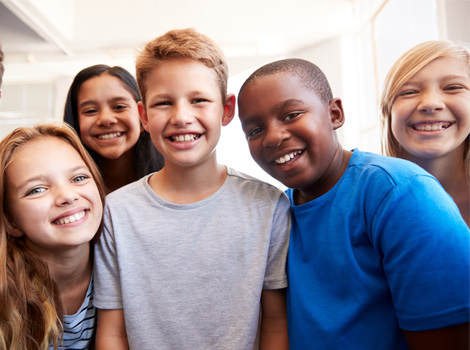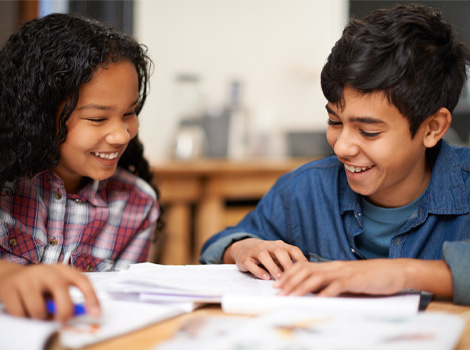About Body Image
Body Image There are different components to body image, including neutral, negative, and healthy body image. refers to the perceptions, thoughts, behaviours, and feelings we have about our body and appearance. How we feel about our body and appearance can influence how we feel in our body and how we treat it. Body image is part of self-concept Refers to a person’s perception of themselves. , and refers to how we perceive ourselves – our physical appearance, abilities, attributes, and aspects that make up who we are. A positive self-concept is key to a student’s overall physical, mental, spiritual, and emotional well-being. Body image can be incorporated into existing health promotion efforts at school, including mental health literacy and social emotional learning strategies.
- Research shows that teachers can have a meaningful and positive impact on students’ body image through their example, intentional language, and instructional choices.
- Body-inclusive Refers to the idea of creating an environment that is inclusive of people of all body shapes, sizes, and appearances. teaching directly supports the goal of having a safe and inclusive school community where every body feels welcome at school.

